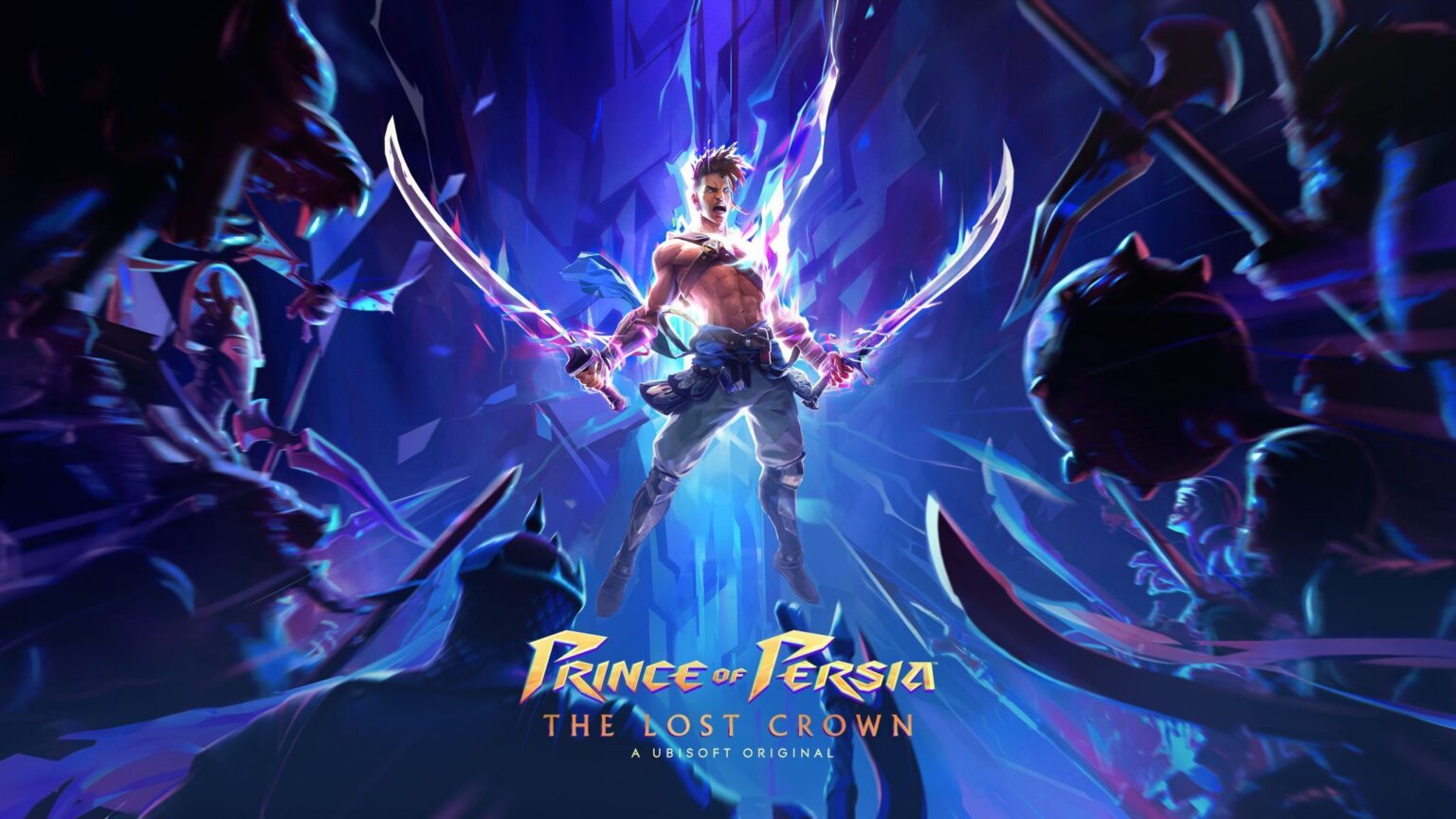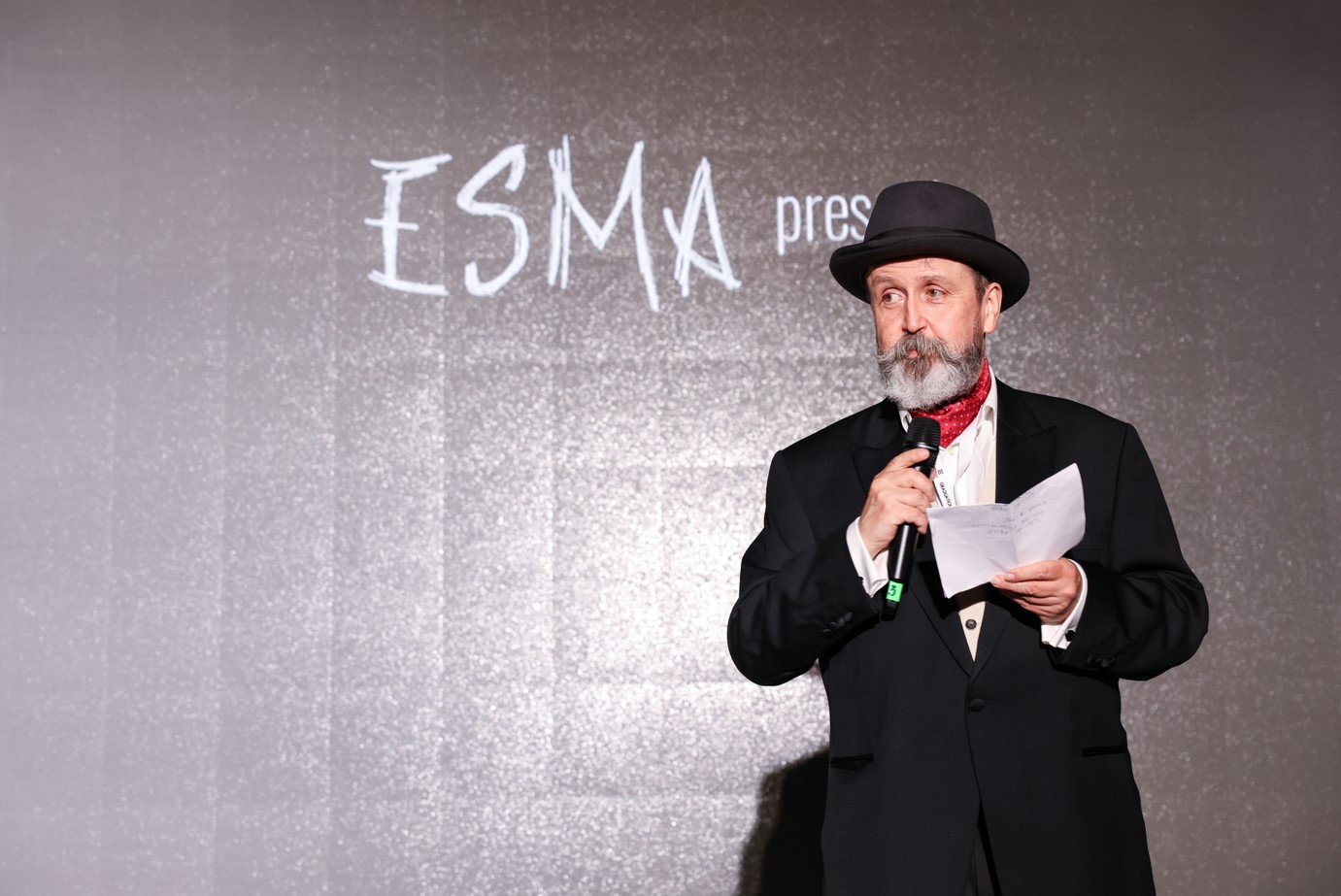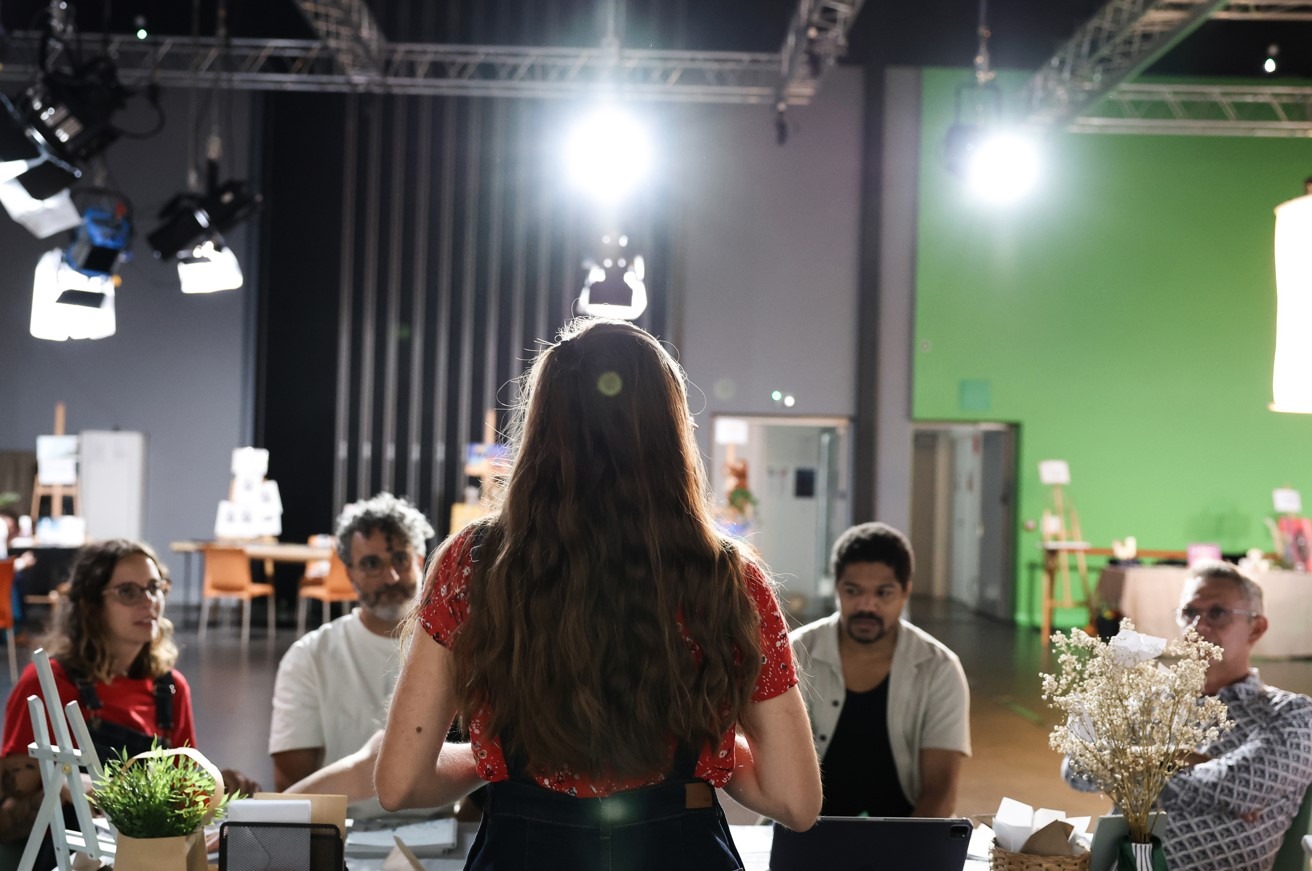
- date 02.13.2024
- type News
- Formation Video Game
Hugo Lafont graduated from ESMA* in June 2021. Barely 3 years later, he is starring in the video game ‘Prince of Persia: The Last Crown’. Here's a look at the meteoric rise of this gaming enthusiast.
* (In 2021, ESMA’s current video game training course will be provided by ETPA.)
A BRIEF INTRODUCTION
Two video game studios and already all the makings of a big one! When he left Toulouse with his diploma in Video Game Design, Hugo Lafont was full of dreams : “I managed to find my first job as a Generalist Artist 3 months after graduating, he explains. The head of DigixArt Studio had asked Laurent Michaud (the school’s former Director of Development) to recommend a former student. He really liked my work on Siren (his end-of-studies project), and after an interview, I put my first foot in the world of work”.
This was the start of a journey rich in discoveries, where the young graduate really got to grips with the subject. As soon as he arrived, he integrated into his new environment and developed his network further: “This first experience enabled me to meet a lot of people, in particular someone who worked at Ubisoft. She was immediately interested in my lighting skills, and encouraged me to continue in this sector and develop my skills. I took her words literally, and just as I was finalising a personal project, I received a job offer from her.” Hugo joined Ubisoft Montpellier, where he worked on the video game Prince of Persia : The Last Crown as a Lighting Artist.
This is a major achievement for the young man from Toulouse, who is now working on the first major project of his career. “Our work on this project really consisted of ensuring that the artistic direction was respected, the lighting being one of the key elements in conveying emotions to the players”. On this occasion, he worked with the project’s Level Artists to refine the visual elements (composition, materials, colourimetry, etc.). “It’s a critical job, both artistically and in terms of gameplay, because we’re responsible for bringing together level art and level design,” he explains.
“Get your network working !”
While he insists on the determination and courage you need to have once you enter the job market – he also stresses the importance of networking, and the need to polish your portfolio – Hugo Lafont is equally complimentary about the educational content of ESMA’s video games course, and emphasises the wide variety of skills it develops. “The course has been very useful to me on a number of points, […] particularly the “Swiss army knife” aspect. Knowing the constraints of the other trades is also a major point, which saves us an incredible amount of time and demonstrates true professionalism right from the school”.
If he had to pick one highlight from his career, this digital artist has no hesitation: “The last year! I think it’s the year that taught me the most and left me with the fondest memories. It’s a moment to cherish, because it’s the first professional experience students will have, and it’s during these few months that their skills will be honed and they will have the most motivation to devote themselves to their future project.”
Prince of Persia, the legend
If you don’t already know, this licence is legendary, no less!
This iconic series of action-adventure games began in 1989 with the eponymous game developed by Jordan Mechner. It features elements of platforming, exploration and combat, all set in a world inspired by the tales of the Thousand and One Nights.
The latest instalment in the series, developed by Ubisoft, marks the long-awaited return of the franchise after a long period of absence. In this game, players once again take on the role of the Prince, an agile and courageous hero, in an epic new adventure. The game promises stunning graphics, refined gameplay combining spectacular acrobatics and intense combat, and a captivating story set in an enchanting world inspired by ancient Persia. Prince of Persia: The Last Crown promises to delight fans of the series while attracting new players with its modernised mechanics and immersive universe. Not to mention its impressive lighting effects, which make the game even more dynamic!
Full Interview
Here is the full interview with Hugo, who kindly agreed to answer our questions, and which was used to write the article.
- What made you want to work in video games?
“My desire to work in video games came out of the blue, to be honest. We were talking about my future over dinner with my brother-in-law when I was 18, and that’s when he said to me: “You spend your life playing games, why not try making a living out of it?” It was really through learning more about the creative process that my real interest was born and I knew I wanted to make it my career.”
- Why choose ESMA (formerly ETPA)
“I chose ESMA (formerly ETPA) thanks to the open days. I had spent a lot of my own time travelling around France to find the school that suited me best, and it was only by talking to the students and some of the teachers that I saw the difference between this one and the others. What I liked about this school was its apprenticeship programme, the opportunity for students to discover a wide variety of professions behind our favourite games. We’re given time to familiarise ourselves with aspects of design, art and even technology. This gives us the chance to discover the sector we’re most passionate about and devote ourselves 100% to it, while at the same time gaining knowledge of how the other trades work (which is really useful in working life, as it helps us avoid a lot of mistakes that could slow down production).”
- What has been your career path since school ?
“Leaving school was a real baptism of fire. It was very difficult to find one’s place among all the other people trying to make their mark […]. For my part, I succeeded in finding my first job as a general artist 3 months after graduating. My former boss asked one of the course leaders if he could recommend one of his students for the job. He had really liked my work on Siren (my final year game) and gave him my contact details. After an interview and a few negotiations, I landed my 1st job!
During my time at DigixArt, I made a lot of friends, and one of them, who was working at Ubisoft at the time, noticed my skills in lighting and suggested that I continue in this sector to progress further. I took her words seriously and, having just finished a personal project to improve my understanding of lighting, she sent me a job offer to join her. After a few interviews and an offer for another project (I had applied to work in the cinematography team), here I am at Ubisoft, working on the next Prince of Persia.”
- Can you describe your job/role on Prince of Persia ?
“On Prince of Persia, I was a Lighting Artist. This job involves lighting the game scenes, which is critical both artistically and in terms of gameplay (in fact, all the jobs are). We’re responsible for linking the art of the levels to their design. Working on a Metroidvania really helped me to understand the need for this work to enable the gameplay to be clearly read without sacrificing the quality of the environment we’re illuminating. Although it’s difficult to explain this job without concrete examples, as it may seem superfluous to imagine a person dedicated only to lighting, being at the ‘end of the chain’, I often found myself working closely with the artists of the game levels to ask them for alterations (composition, materials, colourimetry, etc.) in order to best serve the artistic direction. In fact, our job on this project was really to ensure that the art direction was implemented, with lighting being one of the key elements for conveying emotions to the players.”
- In concrete terms, what has our training course brought you in terms of your professional life ?
“The course has been very useful to me in many ways, as I have already mentioned, not least as a “Swiss Army knife” (I don’t like that term, but it’s the best way of describing all the skills you develop during your course). Being able to understand the constraints of other professions saves a considerable amount of time and shows real professionalism right out of school. Another important point is the ability to work in a group, which we develop throughout our studies, particularly in the final year. In fact, that final year was the one that taught me the most and left me with the most vivid memories. It’s a moment to cherish, because it’s the first professional experience we have, and it’s during these few months that our skills are honed and we have the most motivation to devote ourselves to our future project.”
- What advice would you give to our other students on how to succeed in their studies and in the world of work?
“If I had to give one piece of advice to students, it would be to work on their network. The school won’t help you as much as you might hope, so stick together, take the time to create a solid CV, and for artists (I think this is the most important), really dedicate yourself to your portfolio! Unfortunately, your final year project isn’t enough for recruiters. You will need to take the time to carry out personal projects, learning about one or two subjects maximum per project. Don’t rush it. Spending weeks or even months on a project is perfectly acceptable, because quality takes precedence over quantity. Don’t be afraid to delete projects that you consider unsatisfactory for your portfolio, because a failed project can damage you and deprive you of an opportunity to land that dream job you’ve been wanting.”
Hugo Lafont, Lighting Artist, February 2024





